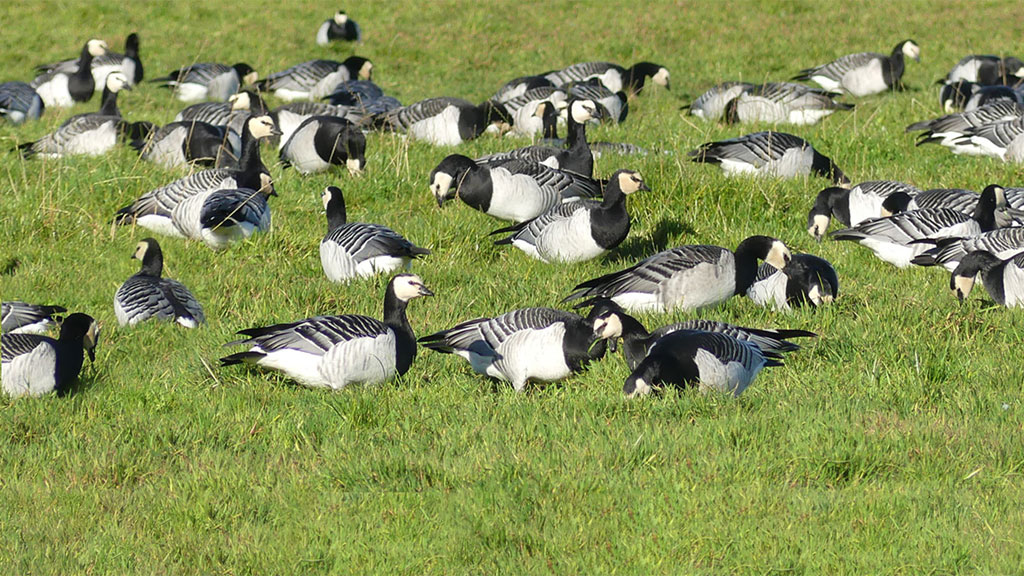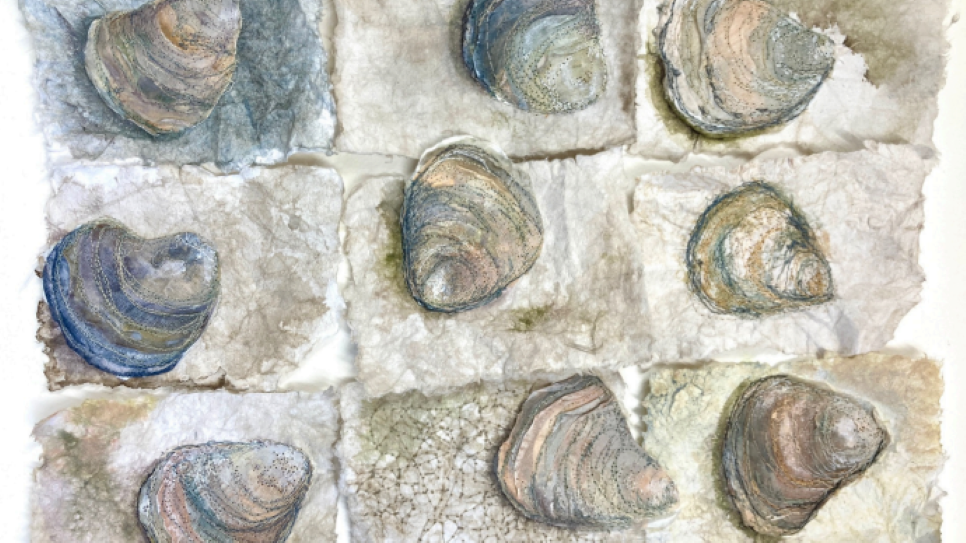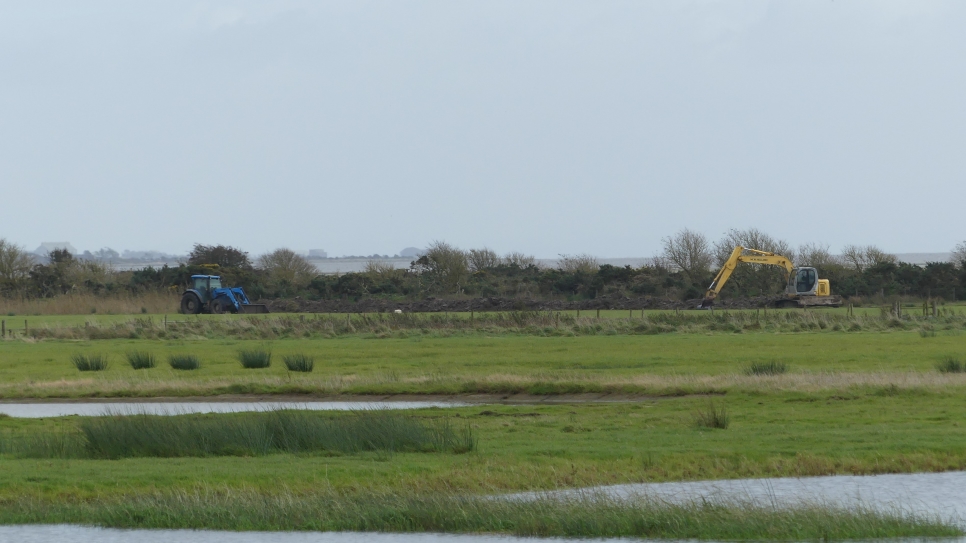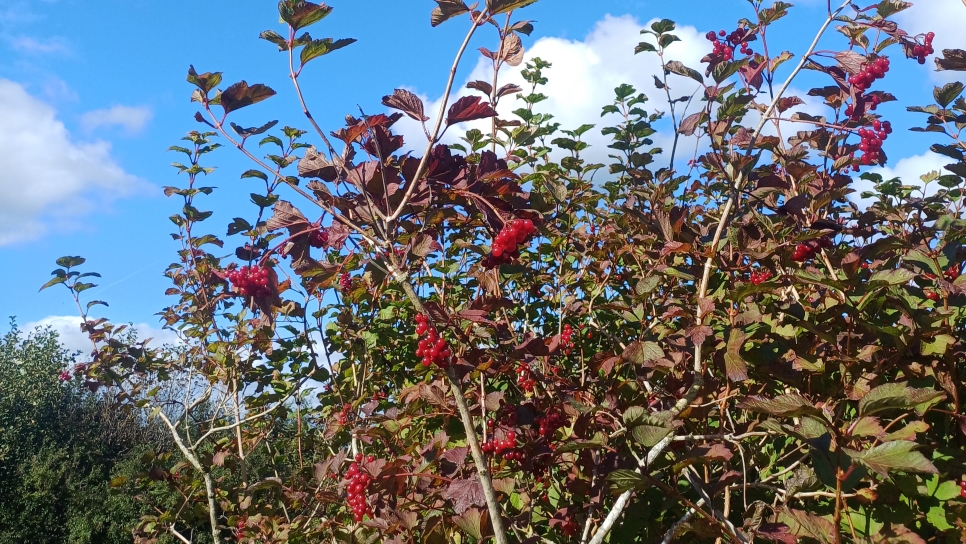Dragons & Damsels
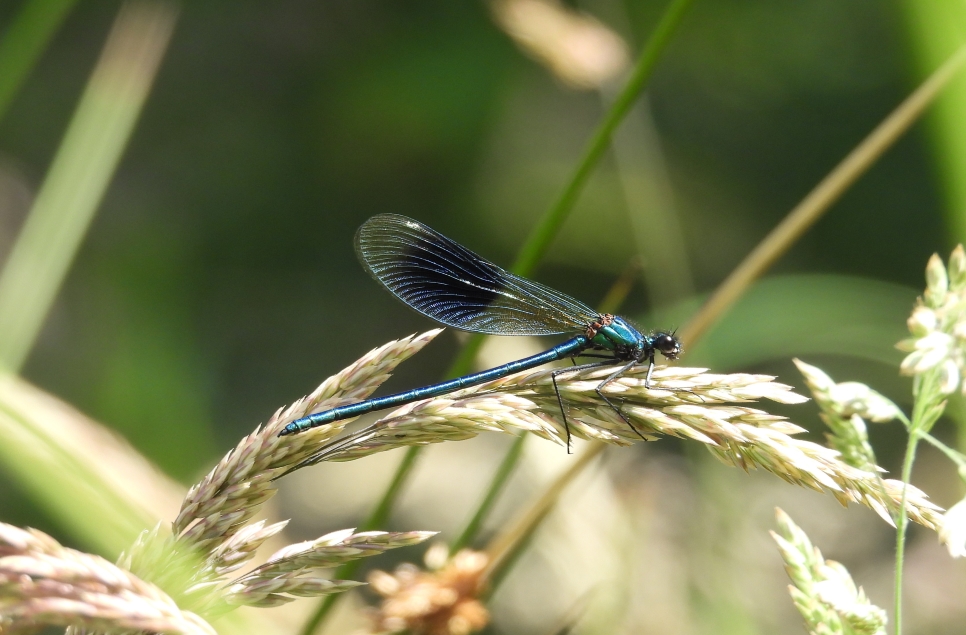
We enjoyed a well attended event showcasing the dragonflies & damselflies that make Caerlaverock a hotspot for these brilliant insects.
Led by Danielle Muir, and supported by Mike & Anne Abbs from the British Dragonfly Society, the weather & conditions allowed us to find a good array of these species.
We started with a wander through the paddocks where we caught glimpses of Azure and Blue tailed damselflies. We also found an exuviae (the larval skin left behind from metamorphosis) in the aquatic vegetation.
From there we headed out to our meadow trail where Common darter & Four-spotted chaser dragonflies, were active, as well as Common blue damselfly along our back pond. An Emperor dragonfly was also ovipositing (egg laying) on the underside of water plants.
One of the highlights, when we arrived at the Lochar river, was seeing the Banded demoiselle damselfly amongst patches of reeds. On our return journey, there were plenty photographic opportunities, as a few particularly obliging damsel & dragonflies were sunning themselves on the fence line and surrounding grasses.
As we made our way back to the paddocks, we did some pond dipping and got some nymphs. Dragonflies spend most of their lives in their larval stage. During its time they catch & eat live prey at every opportunity, moulting 6–14 times until it is fully-grown. Larval development typically takes one or two years, but ranges from 2–3 months (emerald damselflies) to more than five years (Golden-ringed Dragonfly). Development takes longer in cooler waters where food is scarcer, whilst in warm waters there may be a new generation every year.
Damselfly larvae can be separated from Dragonfly larvae by their caudal lamellae, which are fin-like structures at the end of their abdomen that act as external gills.
All dragonfly larvae have six legs (as do adults), wing-sheaths, an extendable hinged jaw (labium) that can shoot out in an instant and catch prey. Prey includes insect larvae, crustaceans, worms, snails, leeches, tadpoles and small fish. Dragonfly larvae themselves can fall victim to predators, including other dragonfly larvae, fish and waterfowl.
The larvae of some species are covered in hairs that collect silt or organic debris from the soft sediment within which they live. Others are coloured green and/or brown, which helps to provide camouflage amongst the submerged plants and algae they inhabit. Species living in bottom sediments have relatively poor eyesight, but instead use their hairs, long legs and antennae to sense prey. By contrast, hawkers have large eyes and hunt by sight amongst plants nearer the surface.
